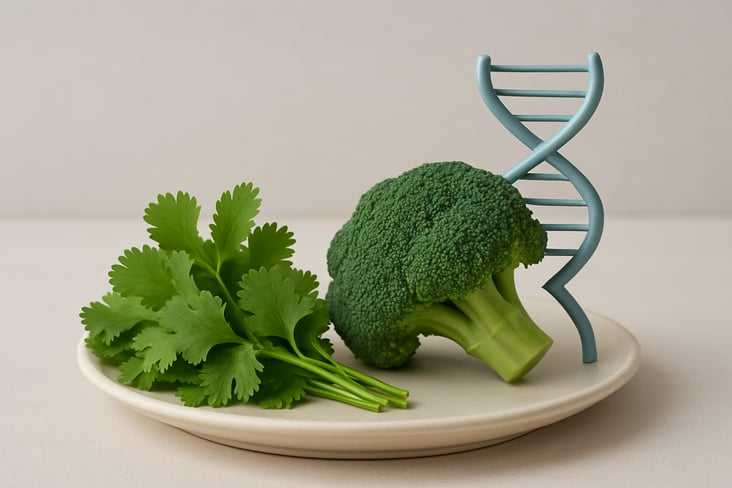Sensory Shelf-Life: Key to Quality Control

The Consumer: A Key Player in the Sensory Shelf Life of Food
When we talk about food, we often think of expiration dates, nutrition labels, or preservation methods. But there's a crucial aspect that often goes unnoticed—yet directly determines whether a product will be accepted or rejected: sensory shelf life. In this process, the consumer is not a mere observer, but a central protagonist.
What is Sensory Shelf Life (SSL)?
Sensory shelf life is the period during which a food product maintains its organoleptic characteristics (taste, smell, texture, appearance, etc.) within acceptable ranges for the consumer. It’s not just about whether the product is safe from a microbiological or physicochemical standpoint—it’s about whether it remains enjoyable and desirable to the person consuming it.
Who defines what is sensorially acceptable?
The consumer. Various studies, such as those by Cardello, Bell, and Kramer (1996), have shown a very high correlation between consumers’ perception of quality and the acceptability of a food product. This confirms that it’s not enough to ensure technical or lab-tested quality—if the consumer doesn't like it, the product loses its value, even if it’s still safe to eat.
Therefore, quality perception doesn’t rely solely on intrinsic factors of the food (such as microbiological or physicochemical composition), but also on extrinsic factors like:
-
The expectations the product generates
-
Price, brand, and convenience
-
Cultural and social influences that shape taste
A dynamic and evolving relationship
The interaction between food and the consumer is not static. A product may maintain stable technical properties for weeks, but if its taste or texture changes slightly and the consumer dislikes it, its sensory shelf life ends earlier than expected.
"Foods don’t have a shelf life on their own, it depends on the interaction between the product and the consumer."
This statement captures the essence of the concept: sensory shelf life cannot be determined in isolation in a laboratory. It requires including the consumer in the testing process, listening to their perceptions, and understanding their preferences.
Conclusion: Include the consumer from the start
To accurately estimate the SSL of a food product, it is essential to conduct acceptance studies with real consumers. Their judgment is the ultimate filter that defines whether a product succeeds or fails in the market. Leaving them out of the process is ignoring the most important variable of all. In sensory analysis, the consumer’s opinion is not just another data point—it is a decisive criterion.
